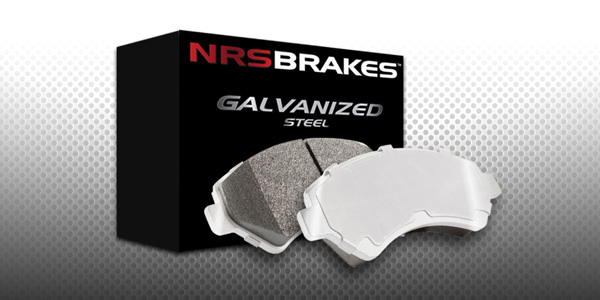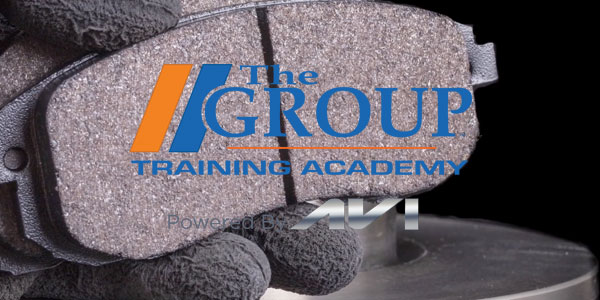
NUCAP Industries recently announced the launch of a new proprietary line of brake pads designed to provide technicians and end users across North America with a top-quality product to increase customer safety and satisfaction.
NUCAP galvanized NRS brake pads feature mechanically attached friction on a galvanized-steel backing plate.
“Mechanically attached friction on a galvanized-steel backing plate is by far the safest, most long-lasting brake pad you can install in a vehicle today,” said Montu Khokhar, CEO of Toronto-based NUCAP Industries. “We are honored to introduce galvanized NRS brake pads, which represents a revolution in brake-pad technology, and as a response to a lack of consistency in the aftermarket. Mechanics across North America and globally can provide a high level of safety to their customers by using our brake pads, which are galvanized and not painted and work seamlessly with all friction composites.”
Brake pads play an important role in a vehicle’s braking system. Braking occurs when friction material presses against the rotor of the wheel. This friction material is attached to a steel part known as a backing plate. Friction material and steel backing plates are attached in one of two ways – either through adhesives (which can break down) or through mechanical attachment.
“NUCAP is proud to be a leader in brake-pad innovation and provide progressive solutions to the mechanic community along with end users across North America,” said Walsh McPherson, director of marketing for NUCAP Industries. “NRS is a mechanical retention feature that enables the steel to be coated prior to pressing friction composites such as ceramics, metallic or organics via flash molding, positive molding or cold-fusion technology. NRS is effective under all these conditions regardless of the friction material. NRS is NUCAP’s mechanical retention system that has been used successfully on OE and aftermarket applications for more than 20 years. Since 1994, NUCAP has developed braking solutions in more than 90 countries, designed for fit, form, functional requirements and most importantly, safety.”
Twenty years ago, mechanics didn’t need to worry about rust, because all backing plates were galvanized or plated. Today, mechanics are not informed of the quality of brake pads, since much of the product is imported from overseas and subject to no federal or local standards, NUCAP noted.
This leaves a serious risk for mechanics, their customers and all drivers on the road today, according to the company.
“Mechanics deserve to know what they are installing in their customers’ vehicles, especially when it comes to brakes,” said Vince Butera, vice chairman of NUCAP Global. “NUCAP has a 25-year history of developing technology that improves the life and performance of OE and aftermarket brake pads. With subpar product flooding the market over the past 10 years, there has been a trend to shorter brake-pad life caused by corrosion, which can lead to friction delamination – a major safety risk. Mechanics and end users alike need to select galvanized-steel brake pads, which are far superior in performance and quality.”
Galvanized NRS brake pads are designed to prolong the life of brake pads and improve safety. OEMs have specified mechanical retention on many medium- and heavy-duty applications.
“Aftermarket products rarely adhere to this OE specification, leading to a greater risk of friction delamination and a safety concern,” NUCAP asserted in a news release. “The Friction Materials Standards Institute, or FMSI, now has indicated the references that require mechanical retention, representing a shift in the automotive community toward greater brake safety and awareness. Mechanics and end users can reduce brake-pad headaches and increase customer safety and satisfaction by selecting only galvanized product, which NUCAP now offers online.”
For more information, visit www.nucap.com and www.nrsbrakes.com.







